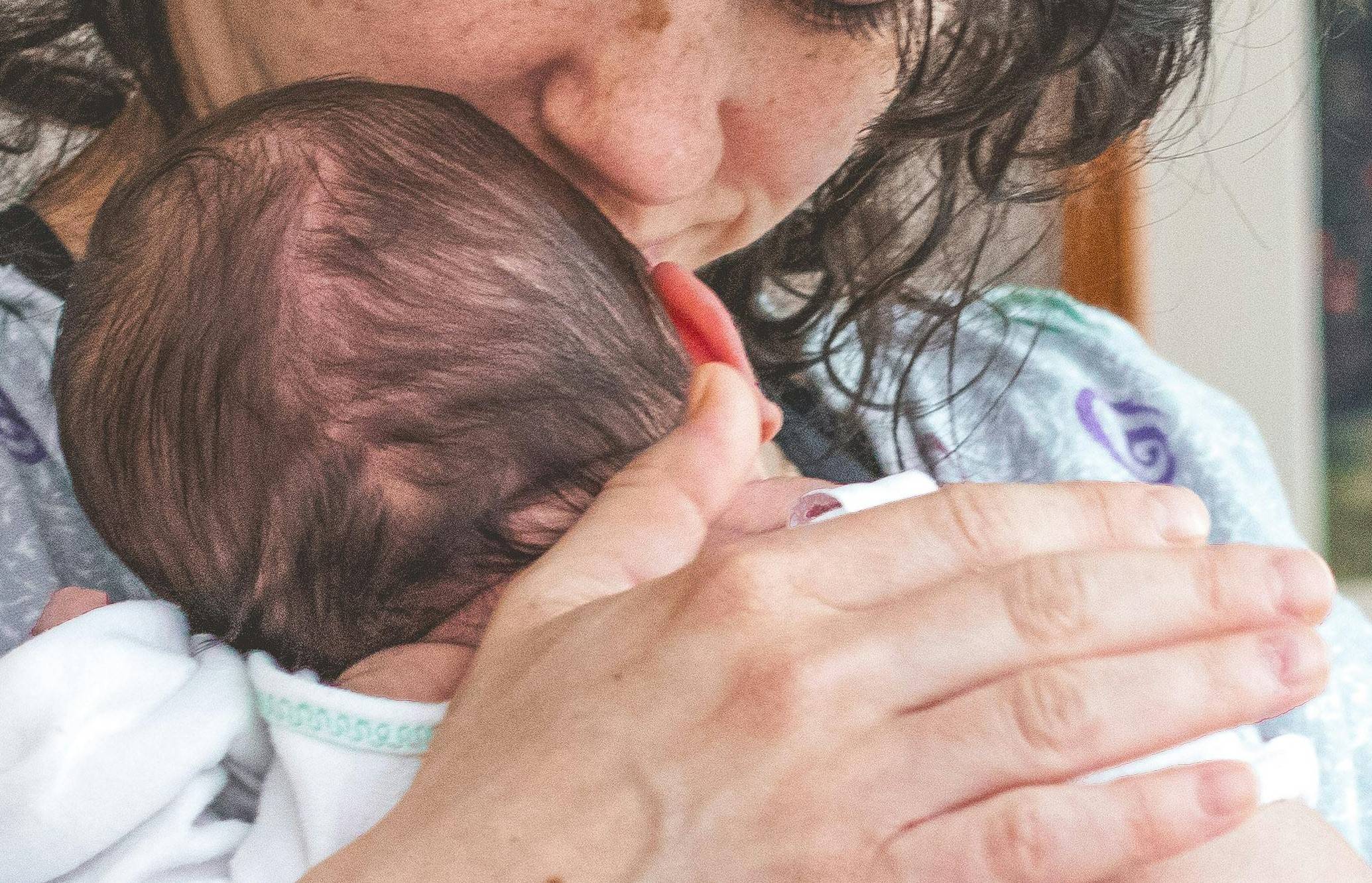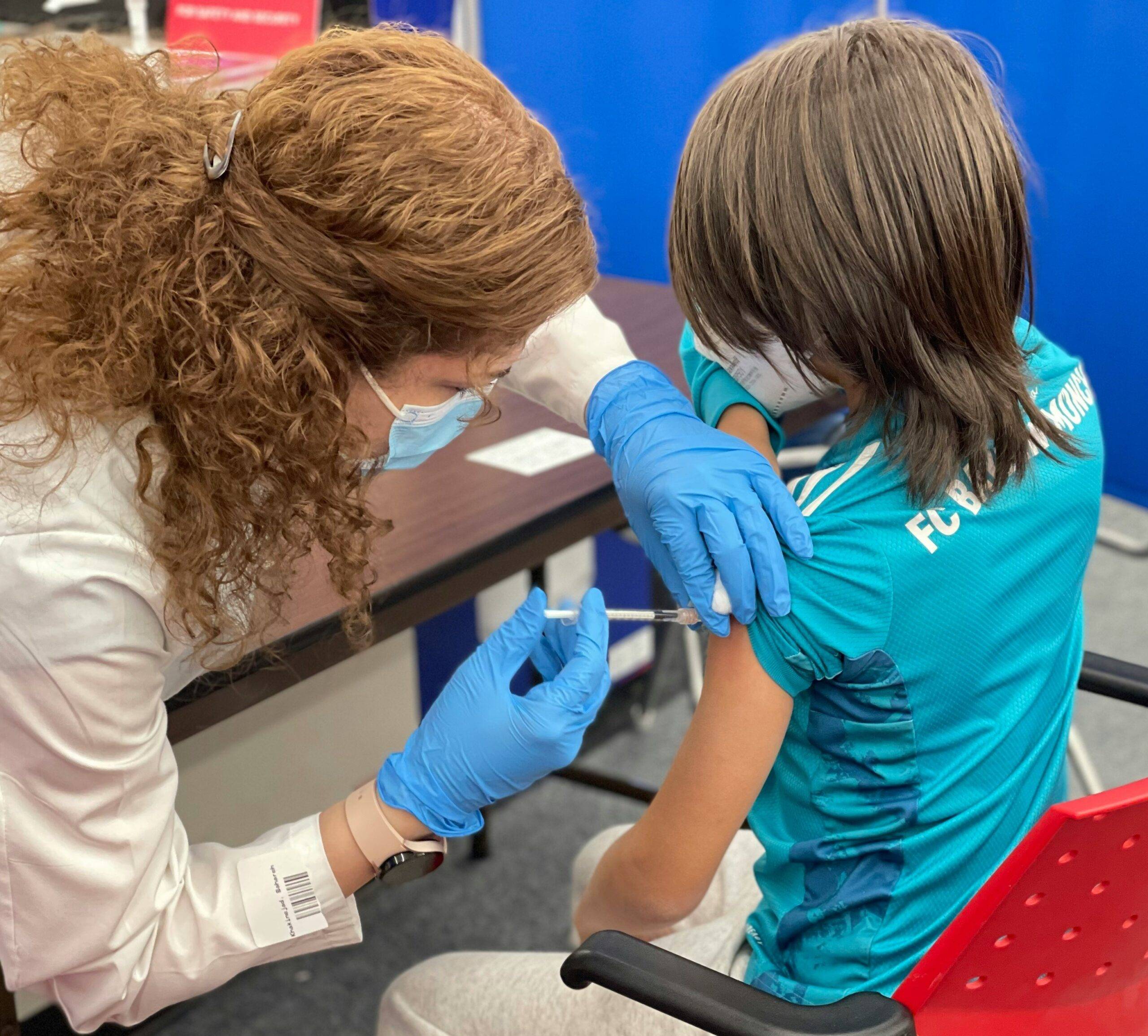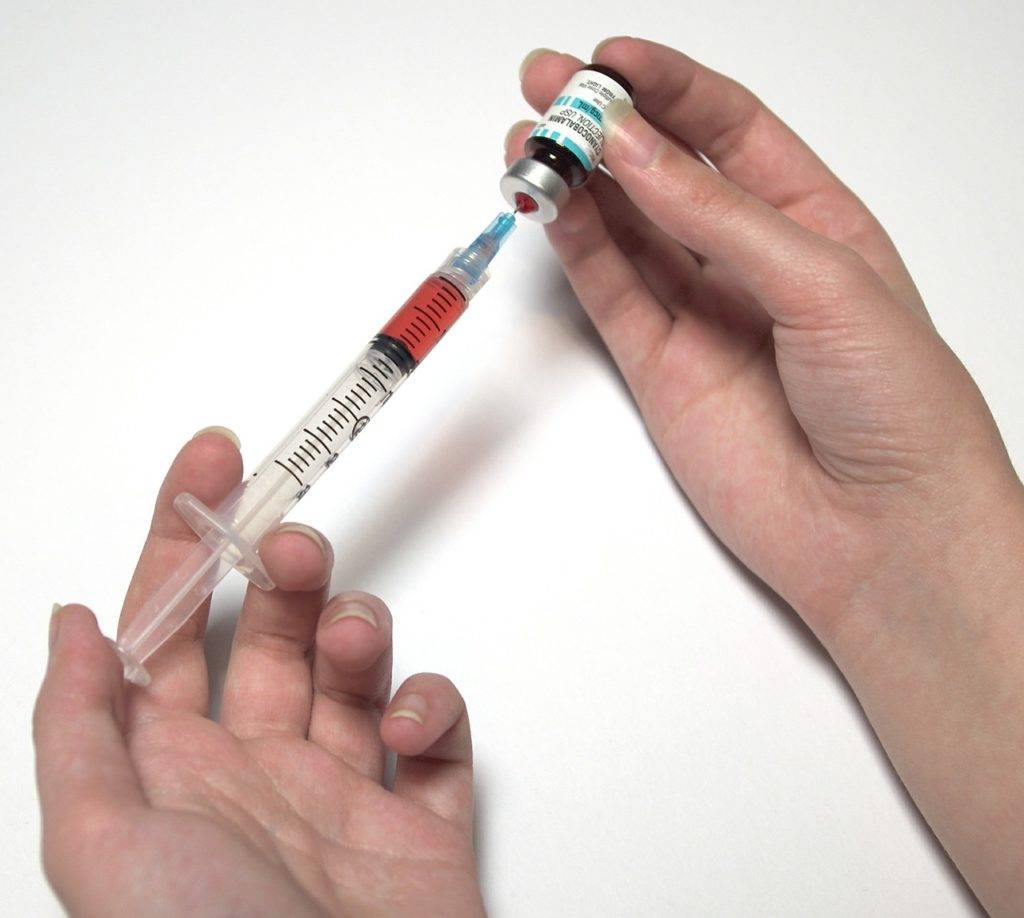The DTaP Vaccine—A Lifesaving Shield for Your Child

Imagine your child developing a severe cough that makes it hard to breathe or a minor cut leading to life-threatening muscle spasms. These scenarios are dangers posed by diseases like diphtheria, tetanus, and pertussis. Fortunately, the DTaP vaccine serves as a crucial defense against these potentially deadly illnesses.
In this article, we’ll explore:
- What DTaP stands for
- Why it’s vital for young children
- The recommended vaccination schedule
- Its safety and effectiveness
- Common concerns and myths
- The differences between DTaP, Tdap, and Td vaccines
Let’s delve into the importance of the DTaP vaccine in safeguarding your child’s health.
What Does DTaP Stand For?
DTaP is an acronym for three serious diseases:
D – Diphtheria
Diphtheria is a bacterial infection that affects the throat and nose. It can cause a thick covering in the back of the throat, leading to breathing problems, heart failure, paralysis, or even death. Before vaccines, diphtheria was a leading cause of illness and death among children.

T – Tetanus (Lockjaw): The Hidden Danger in Everyday Cuts
Tetanus is a dangerous disease caused by bacteria found in soil, dust, and animal waste (manure). It doesn’t spread from person to person. Instead, it enters the body through cuts, burns, or even tiny wounds—like stepping on a nail or getting a scrape while playing outside.
Once inside the body, the bacteria release a toxin that causes severe muscle stiffness and painful spasms, especially in the jaw and neck. That’s why it’s called “lockjaw.”
Without fast treatment, tetanus can cause:
- Trouble opening the mouth or swallowing
- Painful full-body spasms
- Trouble breathing
- Even death
The best way to protect your child? Timely DTaP vaccination. It builds immunity before a risky injury ever happens.
aP – Acellular Pertussis (Whooping Cough): A Severe Threat to Babies
Pertussis, also called whooping cough, is a very contagious lung infection. It spreads through coughing, sneezing, and close contact—especially dangerous for babies and young children. It causes long fits of violent coughing that can make it hard to eat, drink, or breathe.
After a coughing spell, a child might make a “whooping” sound as they gasp for air. In babies, pertussis can lead to:
- Pneumonia
- Seizures
- Brain damage
- Death
The “acellular” part of the vaccine means it uses purified pieces of the pertussis bacteria instead of the whole thing. This makes the vaccine safer, with fewer side effects, while still giving strong protection.
Why Is the DTaP Vaccine Important for Children?
Infants and young children are particularly vulnerable to diphtheria, tetanus, and pertussis. Their immune systems are still developing, making them less capable of fighting these infections. The DTaP vaccine provides critical protection during these early years.
While some immunity can be passed from mother to child during pregnancy, this protection fades over time. Therefore, it’s essential for children to receive the full series of DTaP vaccinations to build and maintain immunity.
The DTaP Vaccination Schedule
The Centers for Disease Control and Prevention (CDC) recommends that children receive five doses of the DTaP vaccine at the following ages:
- 2 months
- 4 months
- 6 months
- 15–18 months
- 4–6 years
These multiple doses are necessary because the initial shots build up the immune response, and the subsequent boosters reinforce and prolong immunity. Skipping or delaying doses can leave children unprotected during critical developmental periods.
Safety and Effectiveness of the DTaP Vaccine
Keeping your child healthy means making smart, informed choices—getting the right vaccines. The DTaP vaccine has a long history of protecting children safely and effectively.
🛡️ Safety: Built on Decades of Research and Monitoring
The DTaP vaccine is one of the safest vaccines available for children. Before any vaccine is approved, it goes through years of testing in labs and clinical trials. After approval, it’s constantly monitored by scientists and doctors to ensure it stays safe.
Common Side Effects (Usually Very Mild):
- A little redness or swelling where the shot was given
- A low-grade fever
- Tiredness or fussiness for a day or two
These symptoms usually go away quickly on their own. In rare cases, a child may have a stronger reaction, but serious side effects are extremely rare—less than 1 in a million doses.
🔍 Bottom line: The benefits of the DTaP vaccine—protection against deadly diseases—far outweigh the small risk of minor side effects.
🎯 Effectiveness: Strong Protection When Your Child Needs It Most
No vaccine is 100% perfect, but the DTaP vaccine is very effective. It dramatically lowers the chance of getting diphtheria, tetanus, or whooping cough (pertussis).
Even if a vaccinated child does happen to catch one of these diseases, their symptoms are usually much milder, and serious complications are less likely.
Here’s what the DTaP vaccine does:
- Helps your child build strong immunity
- Keeps them safe during their most vulnerable years
- Protects your whole family by reducing the chance of spreading disease
👨👩👧👦 Plus, widespread vaccination helps protect babies who are too young to be vaccinated and others with weakened immune systems. This is called community protection or herd immunity.
Common Concerns Addressed: Clearing Up the Confusion About DTaP
It’s normal for parents to have questions about vaccines—after all, you just want what’s best for your child. Here are some of the most common concerns about the DTaP vaccine, answered with facts you can trust:
💉 Can the DTaP Vaccine Cause the Diseases It’s Meant to Prevent?
No, it can’t.
The DTaP vaccine does not contain live bacteria. Instead, it uses inactivated toxins (called “toxoids”) and purified parts of the pertussis bacteria. This means it teaches the body to fight disease without actually causing illness. So, your child cannot get diphtheria, tetanus, or whooping cough from the vaccine.
🔍 Are There Long-Term Side Effects?
Long-term side effects are extremely rare.
The DTaP vaccine has been used safely for decades and is constantly monitored by health experts to catch any problems early. Most side effects are minor and go away quickly. These may include:
- A sore arm or leg
- Mild fever
- Fussiness or tiredness
Serious reactions happen in less than 1 in a million doses, making DTaP one of the safest vaccines available.
⏱ Is It Okay to Delay or Skip Doses?
Skipping or delaying vaccines can be dangerous.
Young children are most at risk for severe illness, especially from whooping cough. Delaying a dose may leave your child unprotected during a critical time. That’s why doctors recommend following the CDC’s schedule to give your child the best defense when they need it most.
Still unsure? Talk to your pediatrician—they’re there to guide you with answers based on science and your child’s health. You can also read more about vaccine safety and timing on Omega Pediatrics’ blog.
DTaP vs. Tdap vs. Td: Know the Crucial Differences to Protect Every Family Member
Vaccines may sound alike, but understanding the differences between DTaP, Tdap, and Td can help you make the best health decisions for your child—and your entire family.
DTaP – for Young Children (Under 7)
DTaP stands for Diphtheria, Tetanus, and acellular Pertussis. This version is:
- Stronger in dosage to help young immune systems develop robust protection
- Given in a series of five doses starting at 2 months through 4–6 years
- Designed to protect infants and toddlers during the most vulnerable stages of life
Tdap – for Older Kids, Teens, and Adults
Tdap is a booster vaccine used for:
- Children aged 11–12 years, teens, and adults
- Expectant mothers during each pregnancy (to protect newborns from pertussis)
- Anyone who missed the DTaP series or needs protection later in life
Key differences:
- Lower amounts of diphtheria and pertussis components compared to DTaP
- Offers lasting protection while minimizing side effects in older recipients
Td – for Adults Needing Tetanus and Diphtheria Protection
Td includes Tetanus and Diphtheria only. It does not protect against whooping cough (pertussis). It is:
- Recommended every 10 years after getting a Tdap dose
- Often given as part of wound management if the last tetanus shot was over 5 years ago
Why Are There Different Versions?
These vaccines are formulated based on age and immune response. Younger children need stronger versions (like DTaP) to build immunity. Teens and adults just need boosters to maintain protection, so they receive Tdap or Td, which contain lower doses or fewer components.
Protect Your Child’s Health
The DTaP vaccine is vital in protecting children from three potentially deadly diseases. Adhere to the recommended vaccination schedule to ensure your child builds strong immunity during their most vulnerable years.

Take Action Today:
- Ensure your child is up-to-date with their DTaP vaccinations.
- Consult your pediatrician if you have any concerns or questions.
- Encourage family members and caregivers to stay current with their vaccinations, especially Tdap boosters, to protect those too young to be fully vaccinated
Want to learn more about keeping your child protected? Visit Omega Pediatrics’ blogs on vaccines and child wellness for more trusted guidance. Check out these articles:
- 6 Reasons Why Early Visits to the Pediatrician are Important
- The Vital Role of Routine Vaccinations for Children’s Health and Herd Immunity
Note: This article is for informational purposes only and does not substitute professional medical advice. Always consult with a healthcare provider for medical guidance tailored to your child’s needs.



